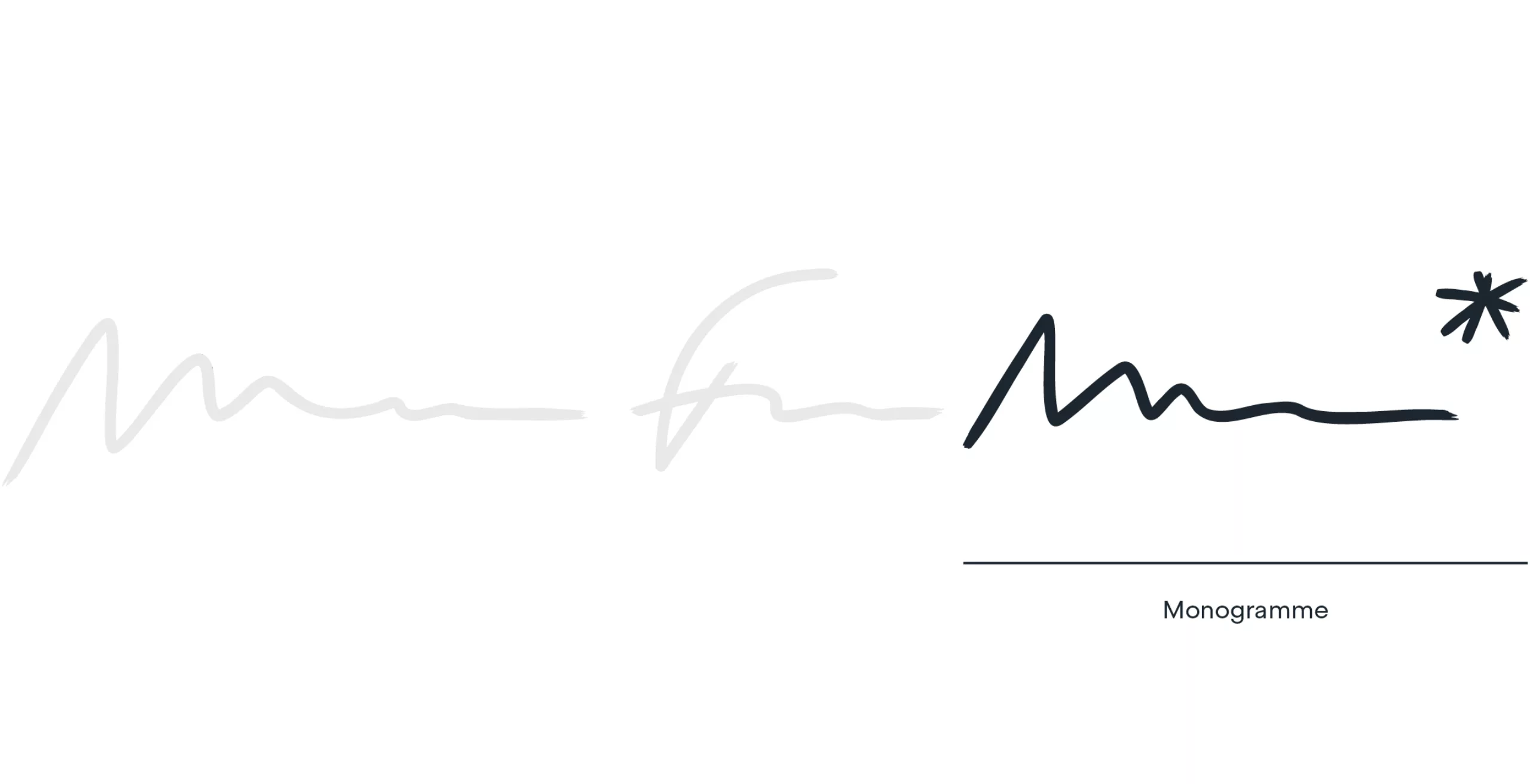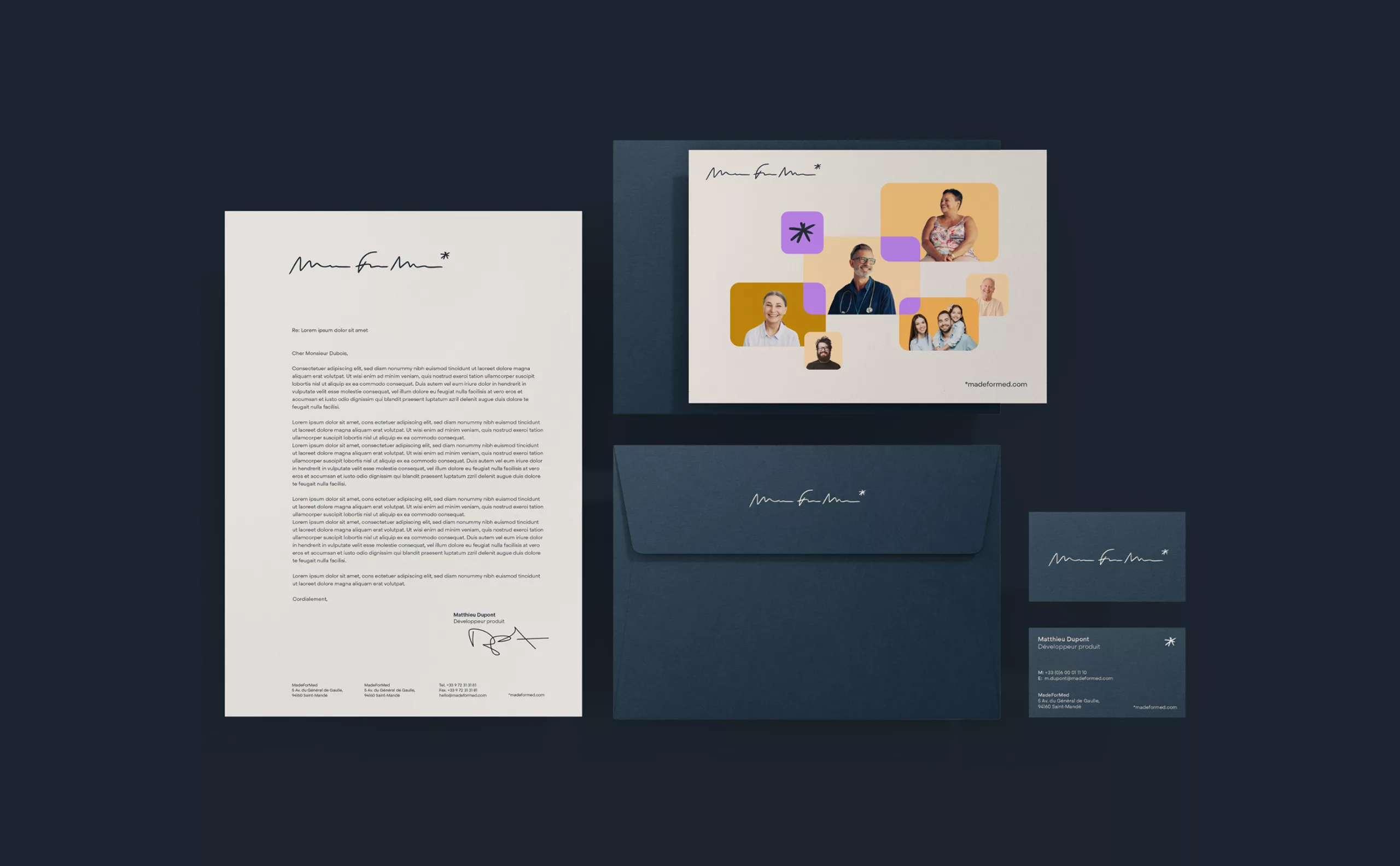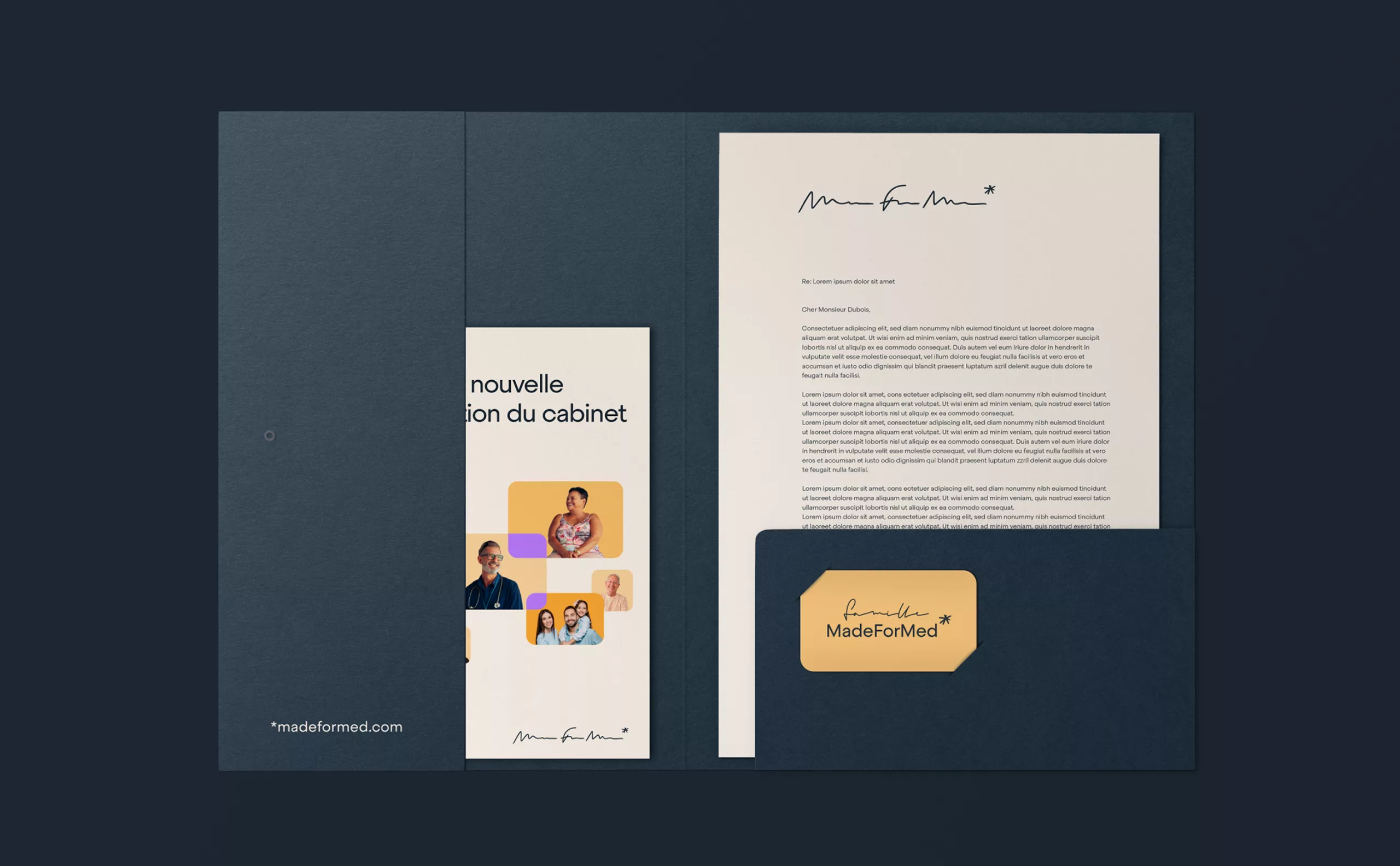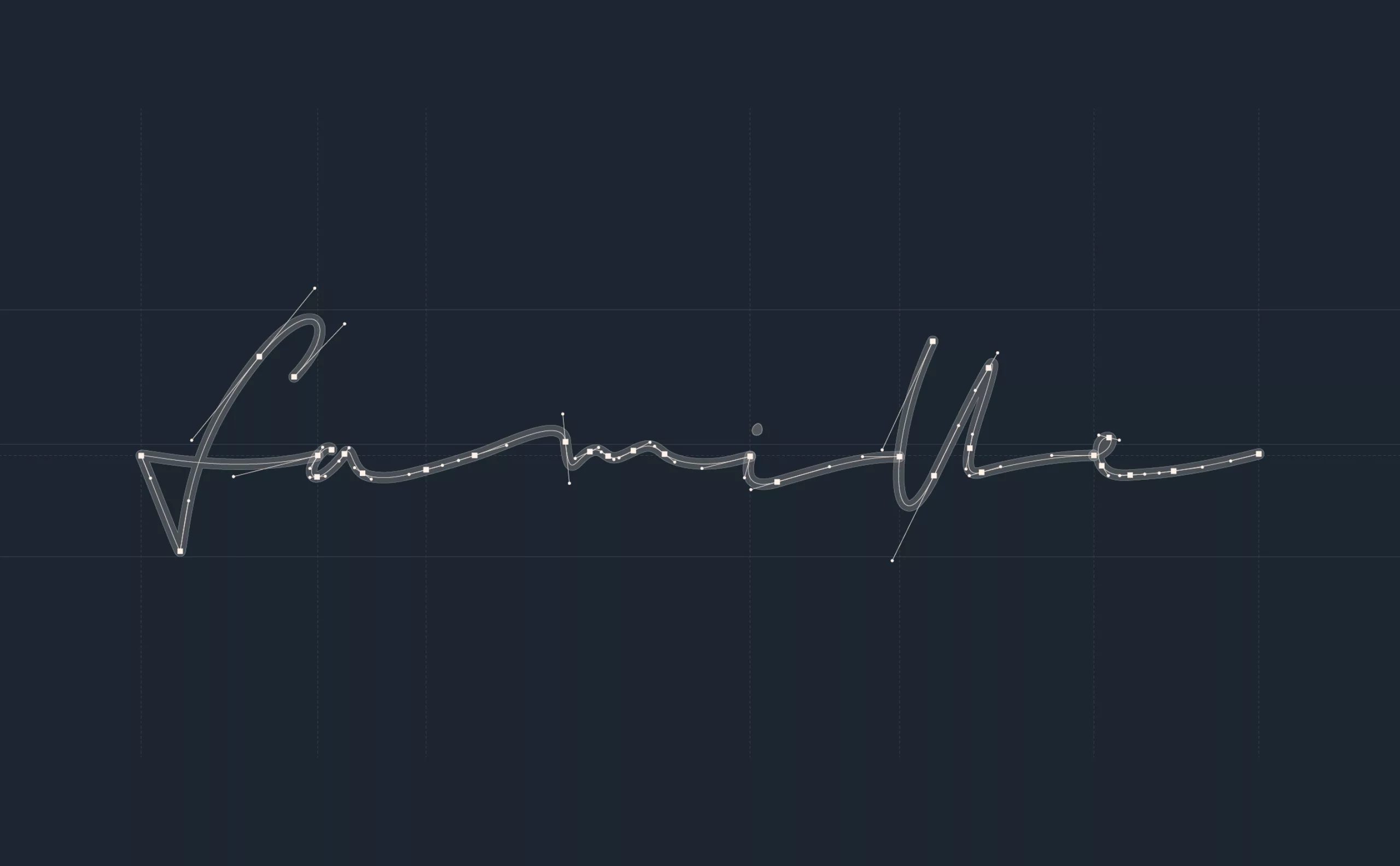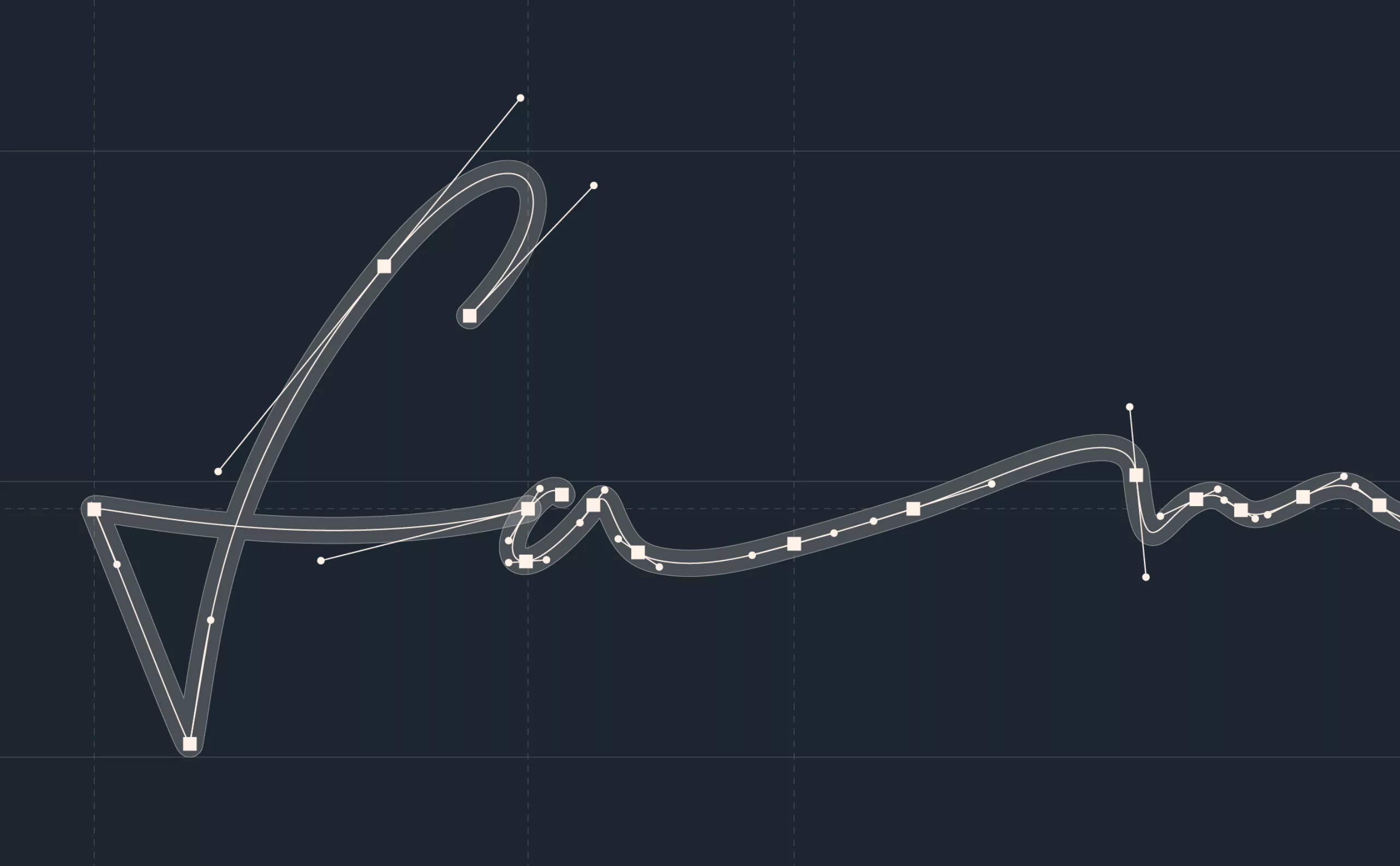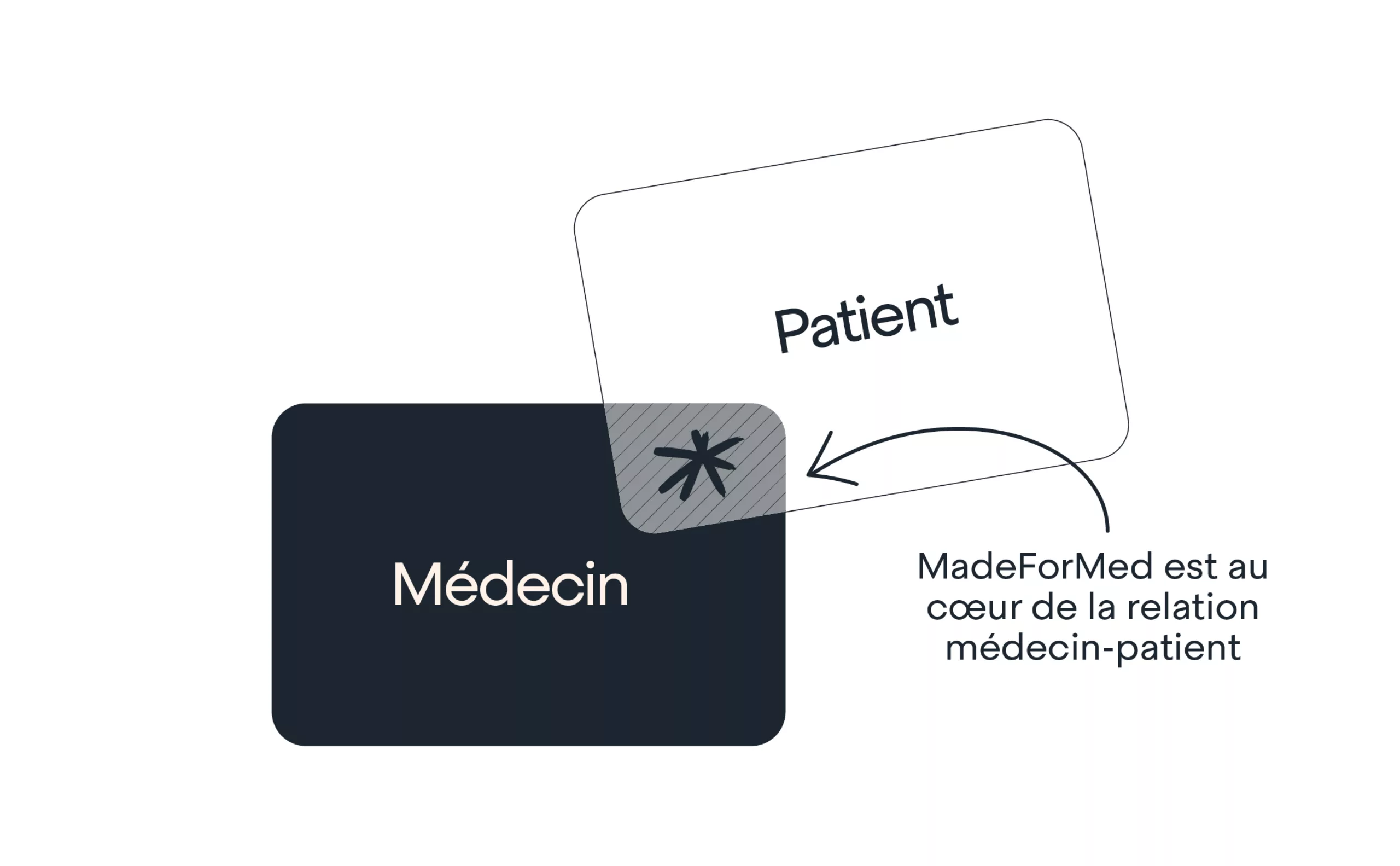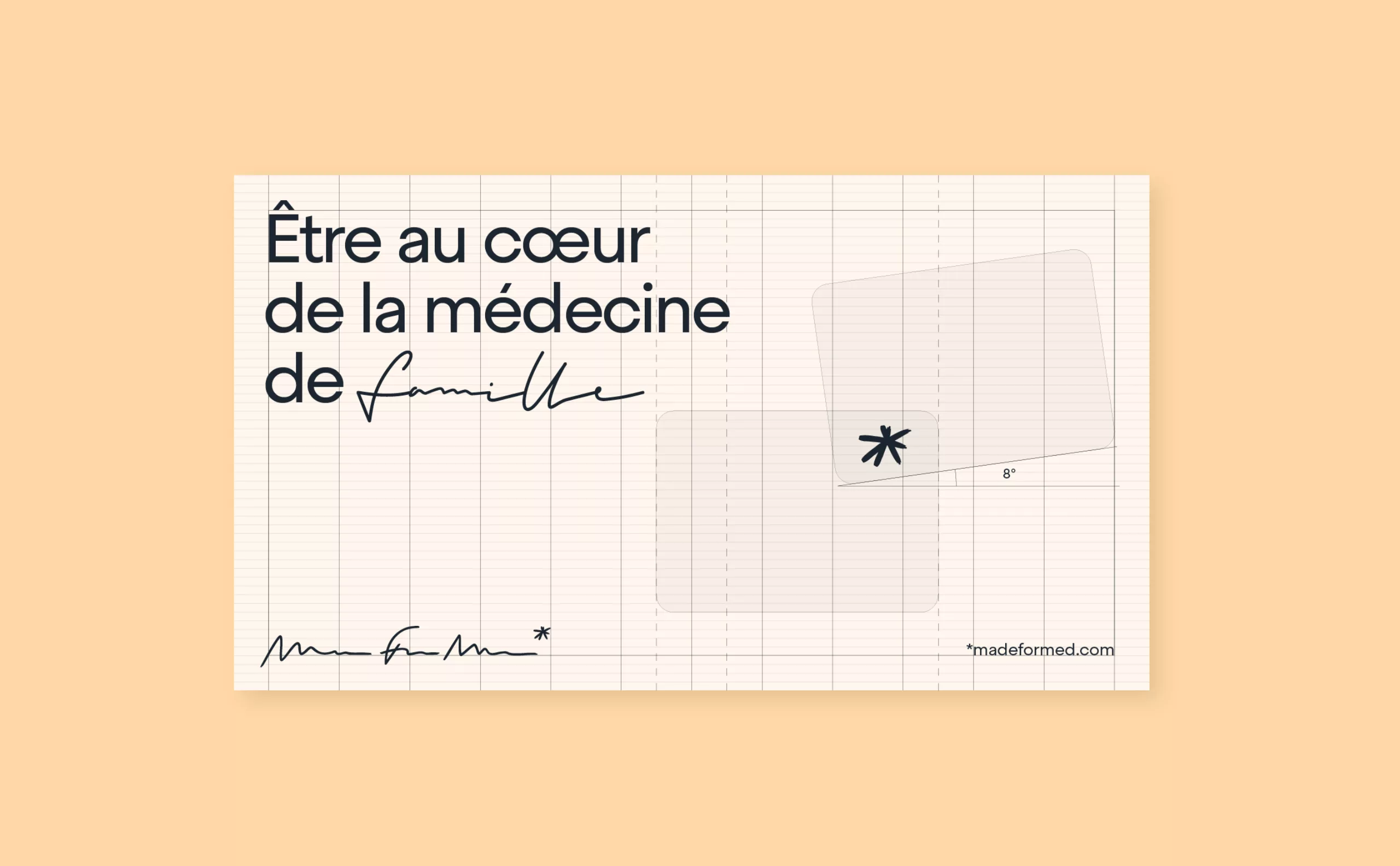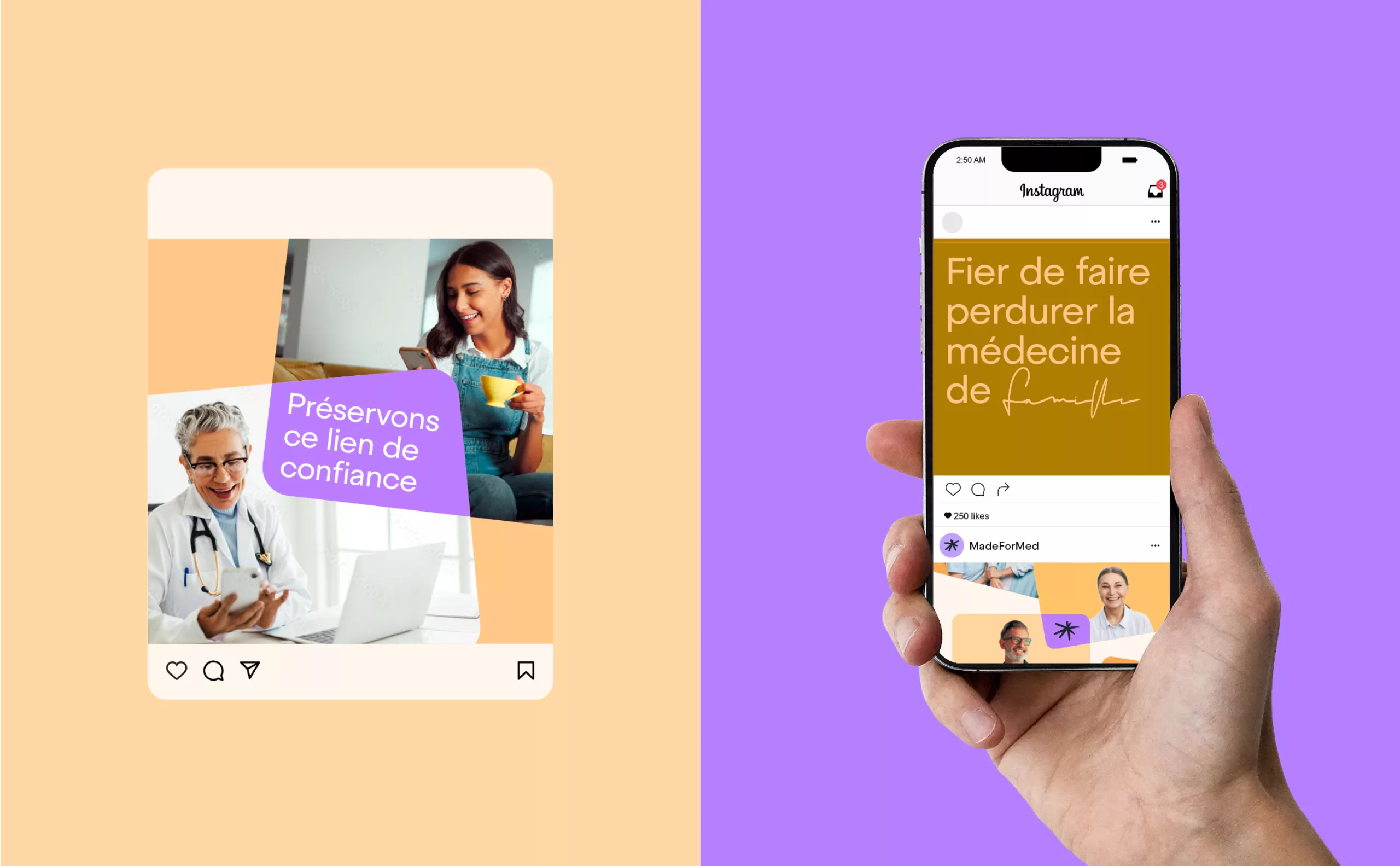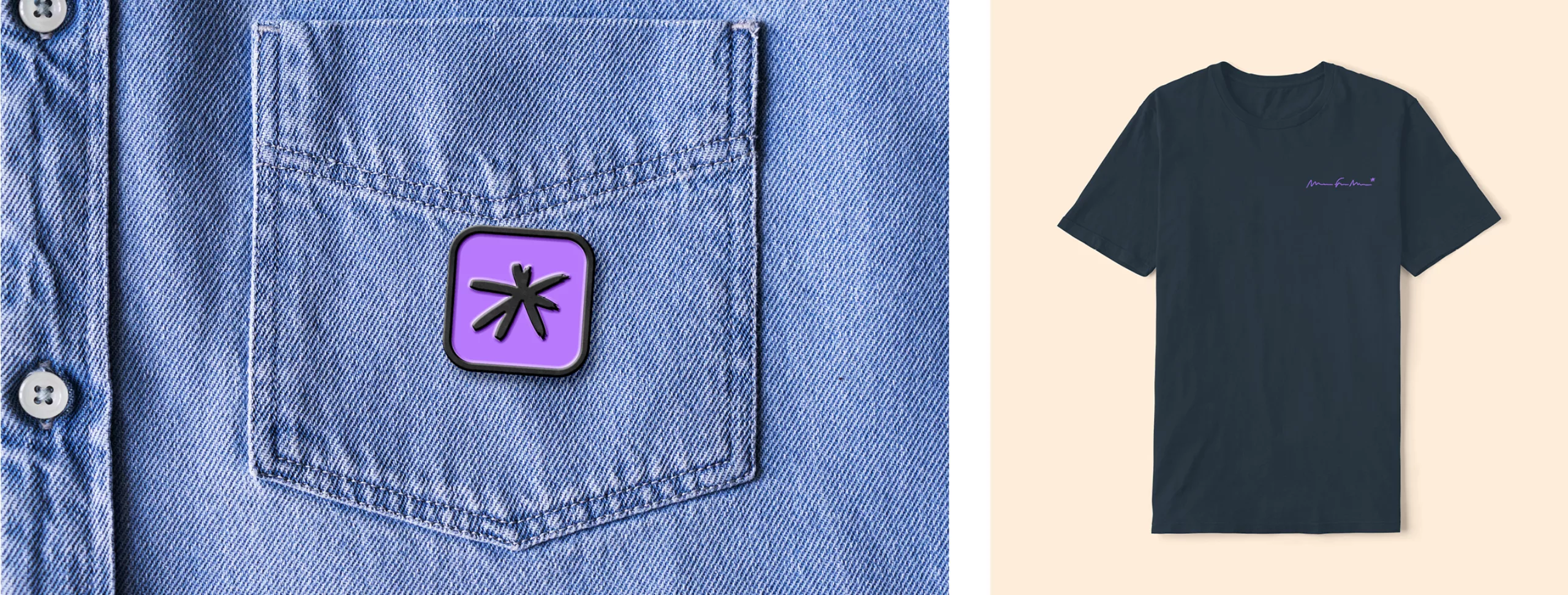Strategy
MadeForMed is committed to preserving a human approach to medicine and putting a smile back on doctors’ faces. The company wanted to take a contrarian approach to the online appointment platforms with which everyone is familiar today, most of which are much more patient-oriented.
The company felt that its brand did not sufficiently differentiate itself from these different players, nor did it sufficiently embody its values and commitment to society. In fact, for a time, the company considered changing its name. And while we may regret the Anglicism – which could be perceived as a lack of authenticity and sincerity for a french brand- the name “MadeForMed” had for us the merit of being easy to remember and easily understood. Even if you’re not bilingual, you can understand what it means: it’s “made for doctors“.
And not only is it made for and by doctors! After all, the founder of MadeForMed is a doctor himself, but the company also offers its customers the opportunity to become members of the company. As well as taking part in the financing and decision-making process, member doctors can also contribute to the development and improvement of the company’s services. In this way, MadeForMed intends to cultivate a genuine community of family doctors, sharing the same interests and values.
The future brand was to send out a message: “Between doctors, we understand each other. We speak the same language, we know what you’re going through! That’s why we’re the kindest to support you and provide the best answers to your day-to-day problems.
Creative concept
We therefore asked ourselves how we could assimilate MadeForMed’s image with that of the family doctor. But this image is already well defined. We all share more or less the same mental image of the family doctor. The image of a character permanently wearing a stethoscope around his neck, sometimes in a white coat, an overcrowded office, an old leather briefcase, the caduceus affixed to the windscreen of his car, and so on. Yet all these symbols remain relatively cold and impersonal, and ultimately exude as much joie de vivre as a waiting room with its piles of old magazines and posters of prevention campaigns hanging on the walls.
What is it that embodies everyone’s identity, especially that of doctors? Handwriting is a kind of signature, and that of doctors is legendary! In fact, it’s generally accepted that a doctor can be recognized by his or her handwriting, which is often indecipherable and illegible.
In fact, it’s not uninteresting to note that this sloppy handwriting can, in a way, be interpreted as a symptom of the doctor’s malaise, as he or she is forced to write prescriptions in a hurry under the pressure of an ever-increasing number of patients.









